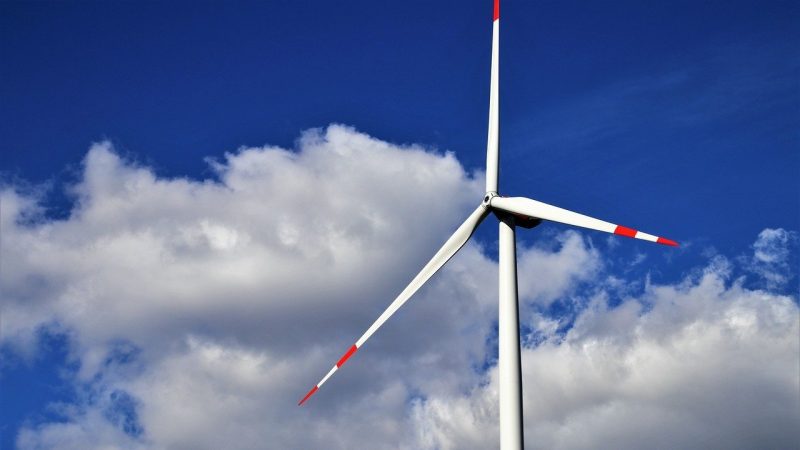

The Paris Climate Agreement was adopted on 12 December 2015. In it, the signatory states pledged to limit the global temperature increase to 1.5°C, if possible.
Five years later, climate change has turned into a climate crisis, and despite increasing protests for more climate protection, politics remains far behind the necessities of adequate climate policy.
Climate neutrality (net zero) by 2050 is the current EU climate policy mantra and it comes with the claim that this plan is sufficient to meet the Paris targets. Unfortunately, on closer inspection, not much remains of this assumption, casting doubts on the adequacy of European climate policy as a whole
It does not sound far away, however, reaching climate neutrality in 30 years will prove to be largely insufficient to limit global warming to 1.5°C. The scientific evidence for that is overwhelming, as shown by the Energy Watch Group’s recent policy paper.
The EU’s Copernicus Climate Change Service finds that the atmospheric temperature in 2020 was already 1.25°C above the pre-industrial period. And calculations by the experts contributing to the Intergovernmental Panel on Climate Change (IPCC) show that global warming of 1.5°C can be expected as early as 2030.
Instead, the IPCC officially suggests to policymakers that only 1.3°C would be reached in 2030. This contradicts the model calculations of the IPCC’s own experts and misleads the public.
Based on the official IPCC statements, however, the political goal of climate neutrality by 2050 still foresees the use of fossil resources in Europe and elsewhere and thus further greenhouse gas emissions from 2030 onwards – i.e. after 1.5°C has been exceeded.
Such scenarios do not question the effectiveness of the target and lead to the erroneous assumption: effective climate protection can be achieved by pathways leading to climate neutrality by 2050.
Largely neglecting the necessity of climate protection, the European targets of 55% emission reduction compared to 1990 and of 32% renewable energy by 2030 only reflects this wrong narrative.
The example of Germany clearly shows that even if emissions were to be continuously reduced to zero from 2021 to 2050, almost another ten billion tons of German CO2 emissions would be emitted during this period alone.
This corresponds to about three times (factor 2.84) the amount indicated by the German Advisory Council on the Environment (SRU) on the basis of IPCC’s scientific – but not officially communicated – data as the upper German limit for achieving the 1.5°C target.
So, what would really be in store for Europe, if we adhere to the goal of climate neutrality by 2050? Not unlikely a climate catastrophe beyond 3°C, a Hothouse Earth scenario in which human civilisation as we know it today, may no longer be able to exist.
Guest post from EurActiv




